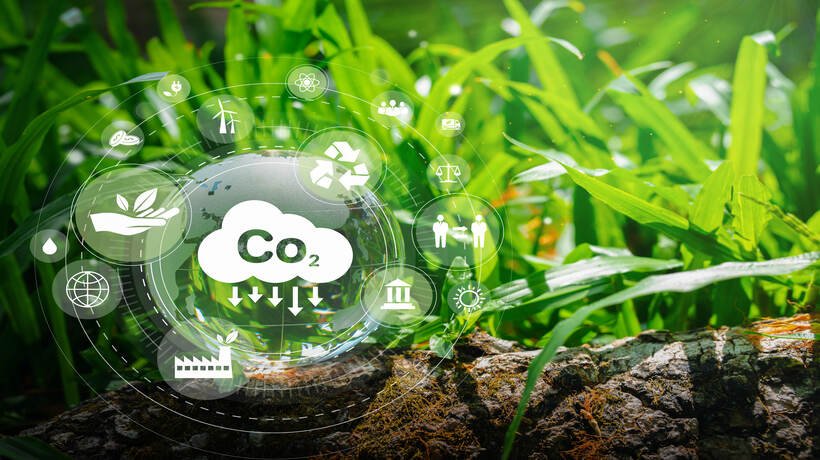India recently flagged concerns relating to sensitive and confidential trade data of its exporters getting compromised while complying with the European Union’s Carbon Border Adjustment Mechanism (CBAM).
About Carbon Border Adjustment Mechanism (CBAM):
- What is it? It is a proposed European Union (EU) tariff on carbon-intensive products.
- Purpose: To put a fair price on the carbon emitted during the production of carbon intensive goods that are entering the EU and to encourage cleaner industrial production in non-EU countries.
- It was adopted on May 17, 2023, and the CBAM transitional period started October 1, 2023.
- It is designed to counter the risk of carbon leakage and operates by imposing a charge on the embedded carbon content of certain imports that is equal to the carbon price of domestic production.
- How does it Work?
- If implemented as planned, EU importers will have to buy carbon certificates corresponding to the carbon price that would have been paid in the EU if the goods had been produced locally.
- The price of the certificates would be calculated according to the auction prices in the EU carbon credit market.
- The amount of certificates required would be defined yearly by the quantity of goods and the embedded emissions in those goods imported into the EU.
- Companies in countries with a domestic carbon pricing regime equivalent to the EU’s will be able to export to the EU without buying CBAM certificates.
- The CBAM will initially affect goods imported from non-EU countries that are particularly carbon-intensive, namely specified goods within the cement, electricity, fertilisers, aluminium, iron, steel, and hydrogen sectors, as well as some upstream and downstream products (mainly iron, steel, and aluminium).
- Transition Period:
- In the transitional phase of the implementation of the CBAM, from October 1, 2023, to December 31, 2025, affected companies are subject to a reporting obligation without financial obligations.
- During this period, importers must determine and document direct and indirect emissions that occur in the course of the production process of the imported goods.
- In addition, affected EU importers are obliged to prepare a quarterly CBAM report that provides information on the imported quantity of CBAM goods, the direct and indirect embedded emissions contained therein (reporting on indirect embedded emissions is initially only for cement, electric power, and fertiliser), as well as any carbon taxes effectively paid in the country of production.
- With the start of certificate trading from January 1, 2026, importers are obliged to purchase sufficient emission allowances for imported embedded emissions during the year.




